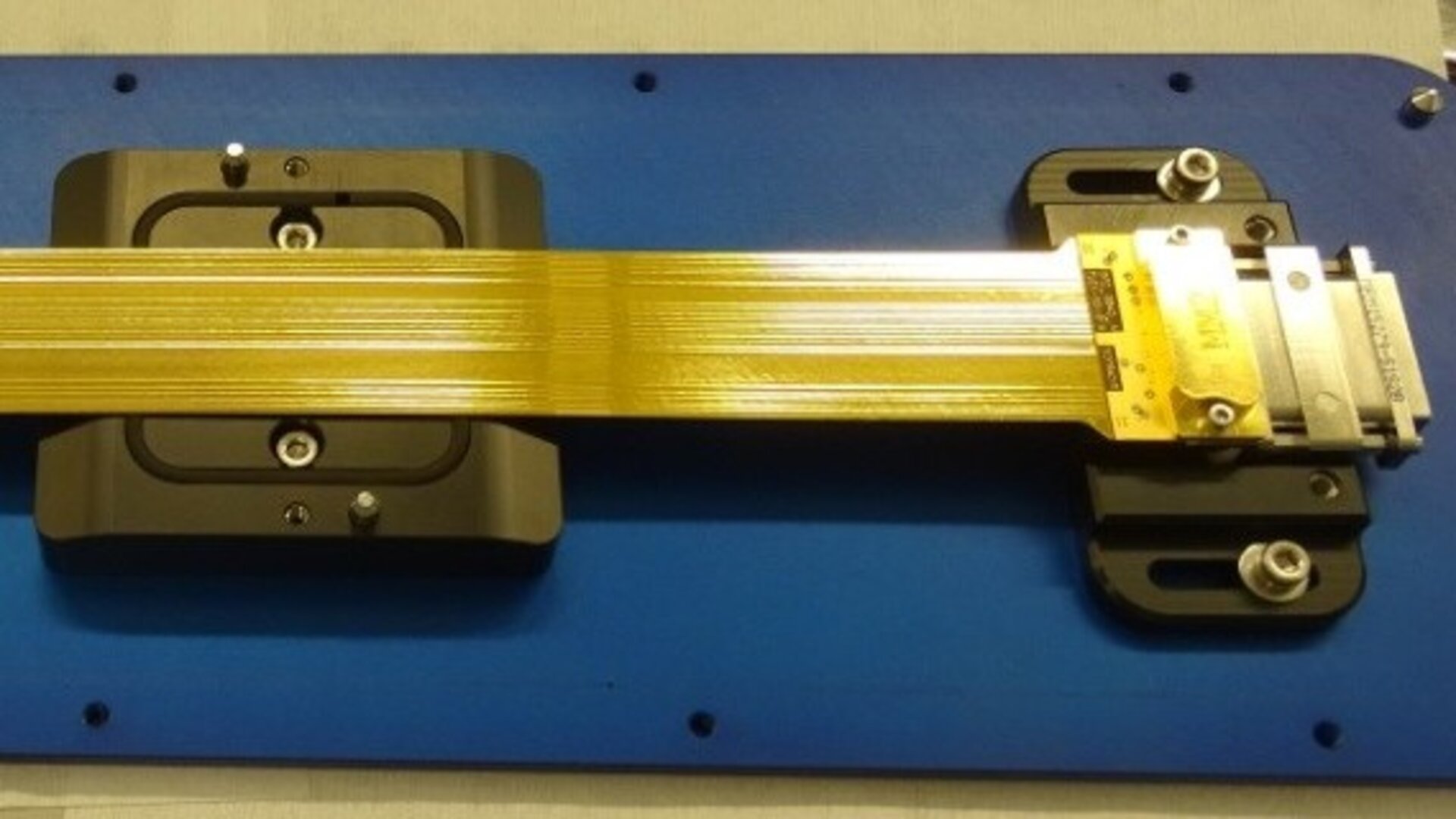Detectors
Detectors are key to the success of space instrumentation observing electromagnetic radiation from the infrared to gamma-rays, whether looking at the Earth, other planets or objects in deep space. However, detectors are also a performance limiting component. Consequently, continuous development of detectors and related technologies is necessary to ensure state-of-the-art instrument performance.
Many missions operate in the visible and infrared wavebands where both imaging and spectroscopy are performed. These requirements are most commonly met by two semiconductor materials – silicon for detection in the visible and mercury cadmium telluride (MCT) in the infrared. Detectors exploiting these materials are used in a great number of space missions.
The detector group undertakes the development of new and existing detector technologies across the waveband, to meet future mission challenges. Detector types addressed include charge coupled devices (CCD), CMOS image sensors (CIS), hybrid image sensor arrays, scintillators, anti-reflection coatings and optical filters. The development of specific integrated circuits for driving and reading image sensors is also a strategic aim.
In addition, the detector group also provides direct support to space projects in development, where detector optimisation, validation and performance verification are critical.


